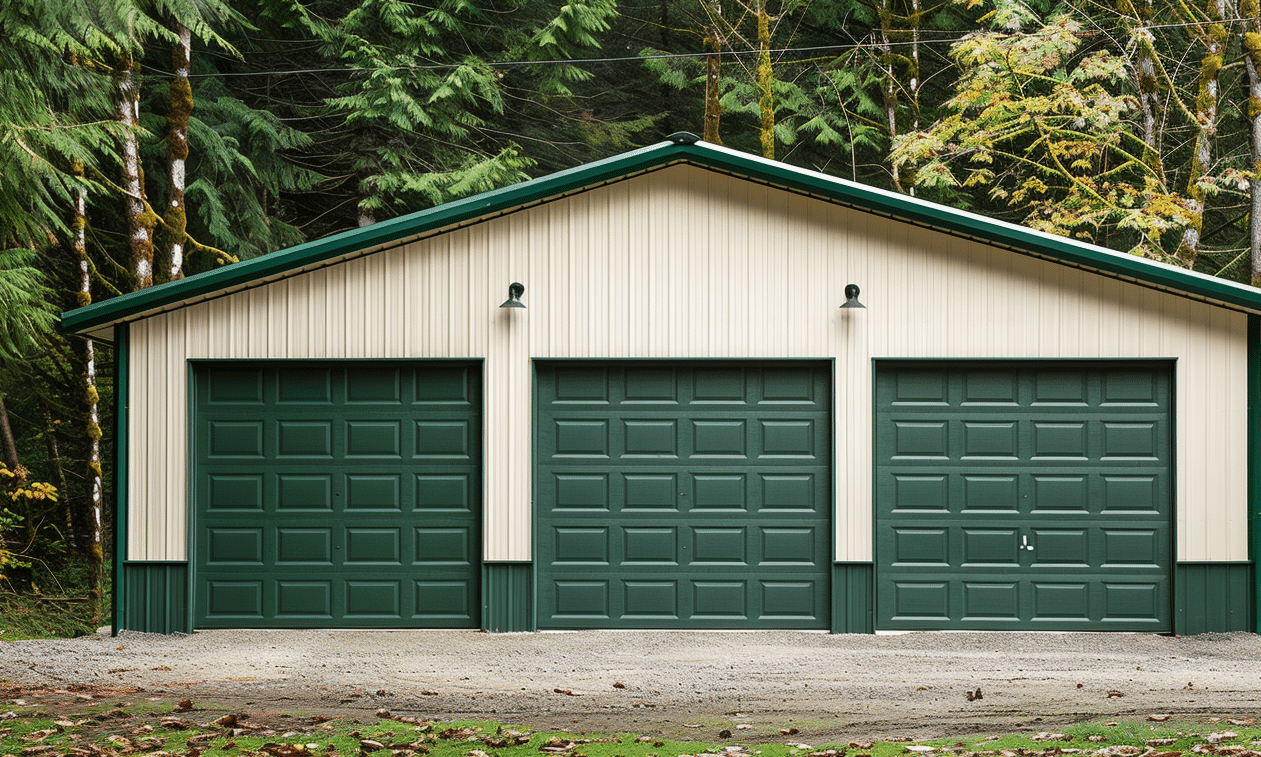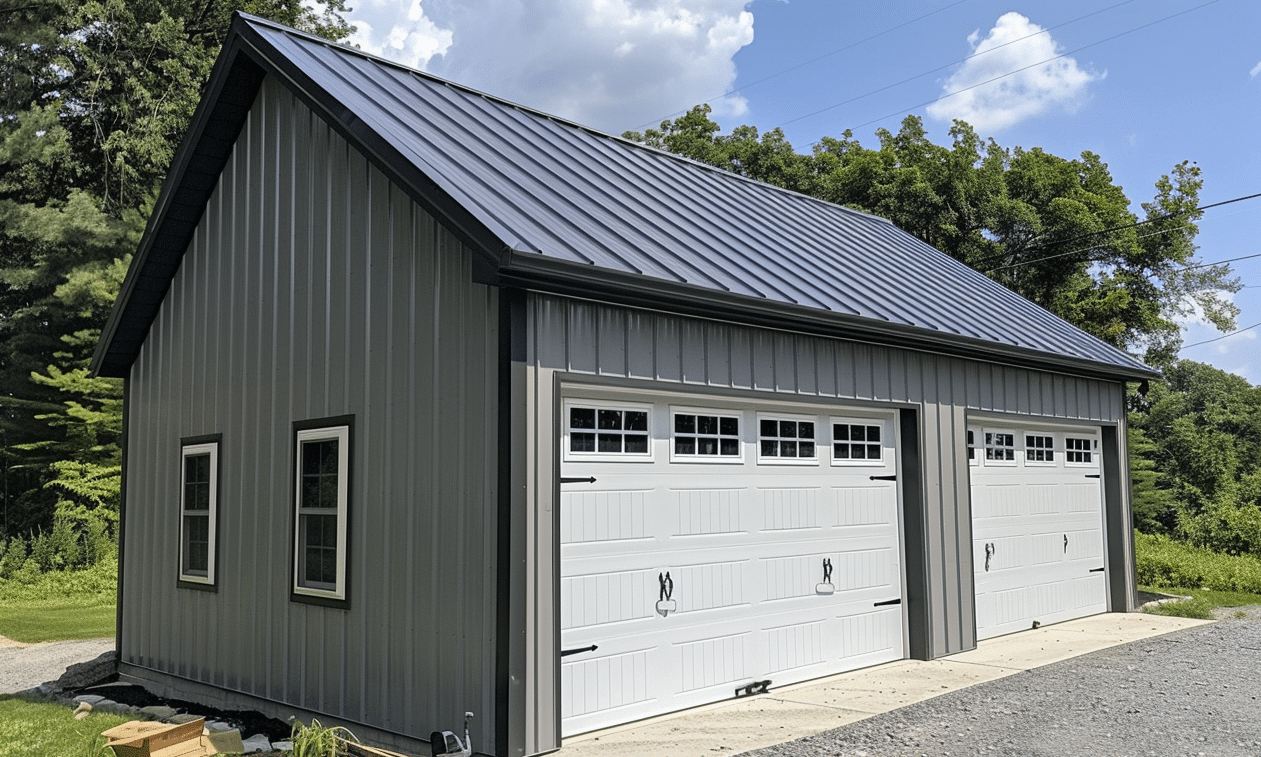Navigating the ever-evolving landscape of commercial construction regulations can sometimes feel like an uphill battle. As developers and builders weave through this intricate web, understanding the complex rules becomes crucial to any project’s success. From zoning laws to building codes, commercial construction regulations are the guardrails that ensure safety, accessibility, and sustainability in the built environment.
The question on many a developers’ lips is, “How can you create a stunning commercial building facade design, complying with all regulations, yet standing apart in a bustling cityscape?” Let’s delve into these regulations and explore how they intersect with innovation and creativity in commercial construction.
Decoding Commercial Construction Regulations
Commercial construction regulations are like an orchestra; with various instruments representing different guidelines, working in harmony to produce safety and functionality. These regulations are in place to ensure that commercial buildings are constructed in a manner that prioritizes health, safety, and welfare.
Local laws dictate many of these regulations, often as part of building codes, which include specifications on structural integrity, electrical systems, plumbing, and more. Moreover, sustainable building practices are becoming increasingly emphasized, ensuring that new structures minimize their environmental footprint.
The Role of Zoning Laws and Codes
Before lifting a hammer or even breaking ground, understanding and adhering to specific zoning laws is imperative. Zoning laws restrict how land within certain areas can be used, directly affecting the type of buildings that can be constructed and their purposes. A stark limitation on what is permissible might appear restrictive, yet it encourages harmony and long-term planning within growing urban areas.
Furthermore, commercial builders must navigate building codes, which specify the standard of construction, material usage, and overall building performance. These codes ensure that commercial spaces are not only safe but also efficient and sustainable. They cover everything from fire resistance to energy usage, and non-compliance isn’t an option if you want a smooth sign-off from local authorities.
Understanding Accessibility Requirements
Accessibility is a significant component of commercial construction regulations. It’s not just about compliance; it’s about creating spaces that are welcoming and usable for everyone. Regulations mandate that commercial properties must include features such as ramps, wide doorways, and accessible bathroom facilities to cater to individuals with disabilities.
For more insights on this vital aspect, explore more about the Accessibility in commercial buildings.

Accessibility isn’t just an altruistic endeavour—it’s a requirement that opens commercial spaces to a broader audience, potentially increasing foot traffic and revenue.
Green Building Regulations: A Step Towards Sustainability
As the conversation about climate change intensifies, incorporating eco-friendly practices into commercial construction is no longer optional. Green building regulations encourage the use of sustainable materials, energy-efficient systems, and designs that minimize environmental impact.
Innovations within metal buildings, for example, showcase how versatility and sustainability can coexist in commercial architecture. Such buildings offer energy efficiency, material recyclability, and quick construction times, aligning with many green building regulations.
Sustainably minded regulations also emphasize using technology to reduce energy consumption, waste, and pollution. These might involve solar panels, advanced HVAC systems, or using natural light to decrease dependency on artificial lighting. Adhering to these regulations is crucial for meeting municipal guidelines and creating commercially viable, environmentally friendly projects.
Embracing Advanced Building Techniques
Innovation isn’t just about technology; it’s also about redefining traditional construction methods. Many leading Commercial Builders embrace technologies such as modular construction or 3D printing, providing flexibility and efficiency reducing construction time and promoting sustainability.
By leveraging such advanced methods, builders can create complex structures that meet commercial construction regulations while exceeding expectations for design and functionality.

Knowledge is Power: Staying Informed and Ahead
Grappling with the complexity of regulations can be a daunting task, however, Construction Dive provides resources to keep abreast of the latest trends and changes in the construction industry. Staying informed allows builders to anticipate regulatory changes and adapt plans accordingly, reducing risks and potential delays.
Moreover, engaging with local authorities throughout the construction process is beneficial. It not only ensures compliance but also fosters a cooperative approach, aligning developers, builders, and regulators towards common goals.
Best Practices in Regulatory Compliance
Navigating commercial construction regulations demands meticulous planning and execution. Adopt a proactive approach by conducting thorough audits and engaging experts at every project stage, from design to post-construction compliance checks. This ensures all regulations are met and often exceeded.
Remember, successful projects balance creative aspirations with regulatory requirements. Absolute compliance need not stifle creativity but rather serves as a backbone supporting innovative designs that adhere to commercial building facade design principles.

Conclusion: Forging Pathways to Compliance and Creativity
While commercial construction regulations may seem daunting, they are integral to ensuring safety, accessibility, and sustainability. Understanding and embracing these guidelines allows builders and developers to navigate the construction landscape effectively.
With the right approach, knowledge, and collaborations, any project can meet compliance needs without sacrificing innovative design and function. Whether you’re tapping into the market of commercial building facade design with pioneering creativity or sustainably building with metals, staying agile and informed is key.
So, as you embark on your next project, channel your inner architect to harmonize creativity with compliance. And remember, each brick you lay adds to a community’s evolving skyline, balanced by rule and art in equal measure.










